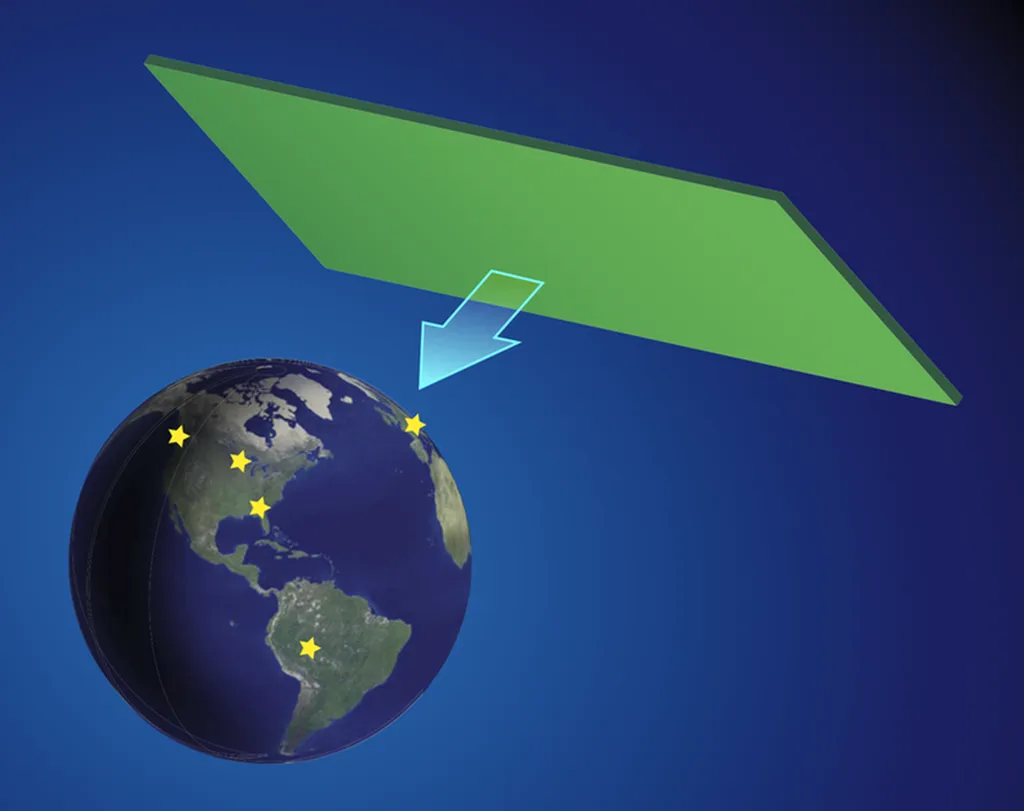Researchers from the University of Amsterdam, including Simone Blasi, Alberto Mariotti, Aäron Rase, and Miguel Vanvlasselaer, have delved into the dynamics of domain walls and their potential to generate gravitational waves, a topic of interest for both cosmology and energy research. Their work, published in the Journal of Cosmology and Astroparticle Physics, offers insights that could have implications for understanding the early universe and, indirectly, the energy sector.
Domain walls are topological defects that could have formed in the early universe due to the spontaneous breakdown of discrete symmetries. These structures can be significant sources of gravitational waves (GWs), which are ripples in spacetime that carry energy away from their sources. The researchers conducted 3D lattice field theory simulations using a tool called CosmoLattice to study the behavior of domain wall networks and their gravitational wave signatures.
The team found that domain wall networks quickly reach a scaling regime, where the number of domain walls per Hubble volume remains constant. This regime is achieved within a few Hubble times after the network’s formation, even when starting with a large initial number of domains. To better understand this scaling regime, the researchers numerically extracted the Equal Time Correlator (ETC) of the energy-momentum tensor of the network. This ETC has a characteristic shape for domain walls and confirms the functional dependence predicted by scaling arguments.
The ETC can be extended to the Unequal Time Correlator (UTC), which controls the emission of gravitational waves. By comparing the UTC with the actual GW spectrum evaluated by CosmoLattice, the researchers inferred the degree of coherence of the domain wall network. Additionally, they performed simulations in different background cosmologies, such as radiation domination and kination, and found evidence for a universal ETC at subhorizon scales. This suggests a universal shape of the GW spectrum in the ultraviolet (UV) range, while the infrared (IR) features of the GW spectrum may be influenced by the universe’s expansion history.
For the energy sector, understanding the behavior of domain walls and their gravitational wave signatures could provide insights into the fundamental processes that shaped the early universe. While this research is primarily theoretical and cosmological, it contributes to the broader understanding of energy dynamics in the universe. Gravitational waves carry energy, and studying their sources can help scientists better comprehend the energy landscape of the cosmos. This knowledge could indirectly inform energy research and technology development, particularly in areas related to energy transfer and conversion.
This article is based on research available at arXiv.

